Over the course of the last week, it has become apparent that the City of Atlanta, Georgia, has paid out nearly $3 million dollars in contracts to help its recovery from a ransomware attack on March 22, 2018 -- which (at the time of writing) is still without resolution.
Precise details on the Atlanta contracts are confused and confusing -- but two consistent elements are that SecureWorks is being paid $650,000 for emergency incident response services, and Ernst & Young is being paid $600,000 for advisory services for cyber incident response. The total for all the contracts appears to total roughly $2.7 million. The eventual cost will likely be more, since it doesn't include lost staff productivity nor the billings of a law firm reportedly charging Atlanta $485 per hour for partners, and $300 per hour for associates. The ransom demand was for around $51,000.
The ransomware used in the attack was SamSam. In February this year, SecureWorks published a report on SamSam and attributes it to a group it knows as Gold Lowell. Gold Lowell is unusual in its ransomware attacks since it typically compromises its victim networks in advance of encrypting any files.
SecureWorks makes two specific points about Gold Lowell that might be pertinent to the Atlanta incident. Firstly, "In some cases where the victim paid the initial ransom, GOLD LOWELL revised the demand, significantly increasing the cost to decrypt the organization's files in an apparent attempt to capitalize on a victim's willingness to pay a ransom." Atlanta officials have always declined to comment on whether they paid, or attempted to pay, the ransom
Secondly, "GOLD LOWELL is motivated by financial gain, and there is no evidence of the threat actors using network access for espionage or data theft." Atlanta officials were quick to claim that no personal data was lost in the attack.
Also worth considering is the SamSam attack on Hancock Health reported in January this year. Hancock chose to pay a ransom of around $55,000, and recovered its systems within a few days. It later admitted that it would not have been able to recover from backups since the attackers -- which sound like the Gold Lowell group -- had previously compromised them.
The extended dwell time by the Gold Lowell group prior to encrypting files and making a ransom demand would explain the extreme difficulty that Atlanta is experiencing in trying to recover from the attack. The Hancock incident suggests that rapid payment might have resulted in file recovery, but SecureWorks also suggests it might have led to a further demand.
There are also indications that Gold Lowell's dwell time could have been extensive and effective. According to WSB-TV, Atlanta officials had been warned months in advance that at least one server was infected with malware, and that in February it contacted a blacklisted IP address associated with known ransomware attacks. Whether the incidents are directly connected will only come out with forensic analysis.
However, the few facts that are known raises a very complex ethical issue. Atlanta seems to have chosen to pay nearly $3 million of taxpayer money rather than just $51,000, possibly on a point of principle. That principle is supported by law enforcement agencies around the world who advise that ransoms should not be paid. In this case, the sheer disparity between the cost of the ransom and the ransomware restitution (more than 50-to-1 and growing), all of which must be paid with someone else's money, makes it reasonable to question the decision.






